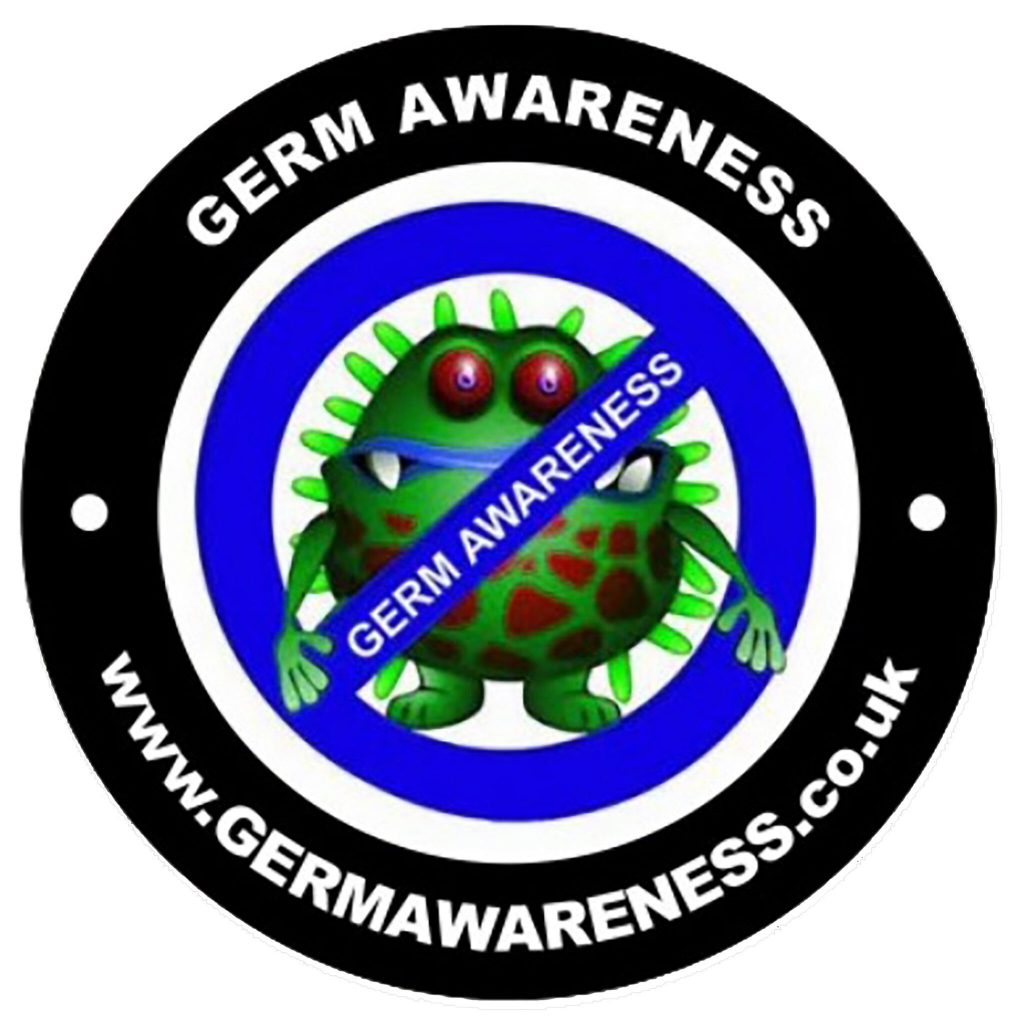
The Discovery and Implications of Rat Hepatitis in Humans
In an unexpected development in the medical community, researchers have discovered the presence of rat hepatitis E virus (rat HEV) in humans for the first time. This breakthrough finding has raised concerns about the potential for another pandemic and underscores the importance of vigilant surveillance in the realm of zoonotic diseases.

Make An Offer!
Germ awareness campaigns and targeted press releases are essential tools in spreading awareness about the newly discovered rat hepatitis virus in humans. These initiatives can educate the public on the risks associated with zoonotic diseases and the importance of maintaining good hygiene practices. Through informative content distributed via social media, television, and community outreach programs, people can learn about preventive measures such as proper handwashing, safe food handling, and reducing contact with rodents. Additionally, press releases can keep the public updated on the latest research findings and health advisories, fostering a well-informed community prepared to take proactive steps in safeguarding their health. By promoting awareness and knowledge, these efforts can help prevent the spread of rat hepatitis and other emerging infectious diseases.
The Discovery
The rat hepatitis E virus was initially identified in Hong Kong when a 56-year-old liver transplant recipient tested positive for the virus. This finding was peculiar since hepatitis E is typically linked to contaminated water or food and usually associated with pigs in human cases. The patient’s sample, however, showed a genetic sequence distinct from the known strains affecting humans, indicating a rat origin.
Further investigations revealed more human cases of rat HEV in Hong Kong, raising alarm among public health officials and scientists. This unprecedented crossover from rats to humans highlights the complexities and challenges in monitoring zoonotic diseases, which are diseases that jump from animals to humans.
Implications for Public Health
The emergence of rat hepatitis in humans poses several significant concerns. First and foremost is the potential for human-to-human transmission. While current evidence suggests that rat HEV has not yet adapted to spread efficiently between humans, the possibility remains a critical area of study. The virus’s ability to cross species barriers and infect humans suggests that similar zoonotic events could become more frequent as human encroachment on wildlife habitats continues.
Additionally, this discovery underscores the necessity for comprehensive and continuous monitoring of zoonotic diseases. It also highlights the need for robust public health infrastructure capable of responding swiftly to emerging infectious threats. Enhanced surveillance can help in early detection and containment, potentially preventing a local outbreak from escalating into a global health crisis.
Steps Forward
To mitigate the risks associated with rat hepatitis and other zoonotic diseases, several measures should be prioritized:
- Strengthening Surveillance Systems: Implementing advanced genomic sequencing technologies can aid in the rapid identification of novel pathogens.
- Public Health Preparedness: Ensuring that health systems are equipped to handle sudden outbreaks, including having stockpiles of necessary medical supplies and well-trained personnel.
- Environmental Management: Reducing human-wildlife contact through better urban planning and wildlife management to minimize the risk of zoonotic transmissions.
- Research and Collaboration: Encouraging global cooperation in research to understand the transmission dynamics, potential treatments, and vaccine development for emerging zoonotic viruses.
Conclusion
The detection of rat hepatitis E virus in humans serves as a stark reminder of our interconnectedness with the animal world and the ever-present risk of zoonotic diseases. While it is too early to predict whether rat hepatitis will lead to another pandemic, the discovery calls for heightened vigilance and a proactive approach in monitoring and managing emerging infectious diseases. Public health officials, researchers, and governments must work collaboratively to safeguard global health against such unforeseen threats.
Further Reading:
Andrew Jones is a seasoned journalist renowned for his expertise in current affairs, politics, economics and health reporting. With a career spanning over two decades, he has established himself as a trusted voice in the field, providing insightful analysis and thought-provoking commentary on some of the most pressing issues of our time.





